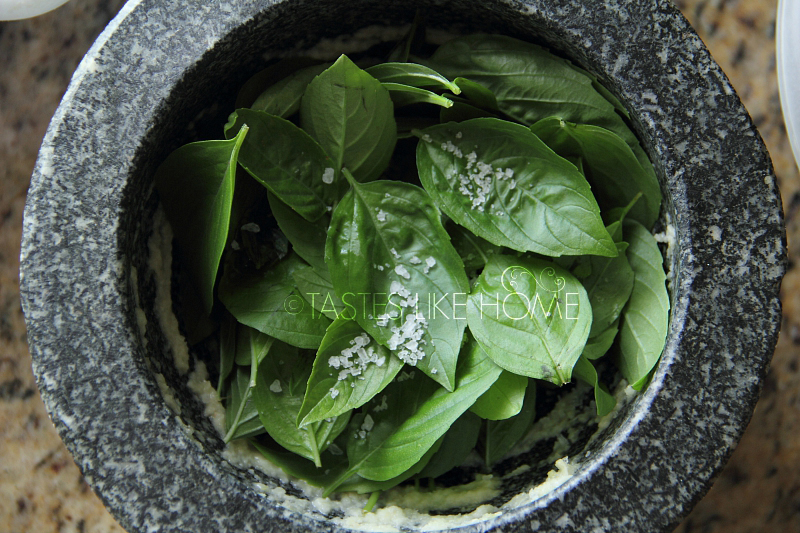Hi Everyone,
For decades now, electrical devices have been conceptualized, designed and manufactured to make our lives easier in the kitchen. From the blender to the food processor, from the toaster to the coffee grinder, from the ice cream maker to the bread machine, we are able to complete many tasks in half the time if we were doing them by hand. However, as 
Prepping ingredients and making certain things by hand is the best way to ensure that you get the right flavour or the right texture of your dish. There is the added benefit of burning calories and toning muscles as you pound, grind and grate your way to really tasty food, but a greater benefit of working with our hands is learning through the sense of touch and feel. Cooking by hand helps build up your cooking intuition. We know when to slow down or go faster, we know how light the touch should be and how much pressure should be expended. We know the task is done when it feels (and looks) a particular way. We may not know how many minutes or turns it took to get to the desired stage, we just know it’s done. It’s perfect.
Let’s look at some dishes that benefit greatly from being handmade – whether partially from preparation or completely.
Coconut Choka
Grating the fire-roasted coconut with a box grater AND then grinding it on a lorha and sil (sil batta), is still the best way to make proper coconut choka. I generally cheat by “grinding” the coconut in the food processor AFTER I have hand-grated it; the


